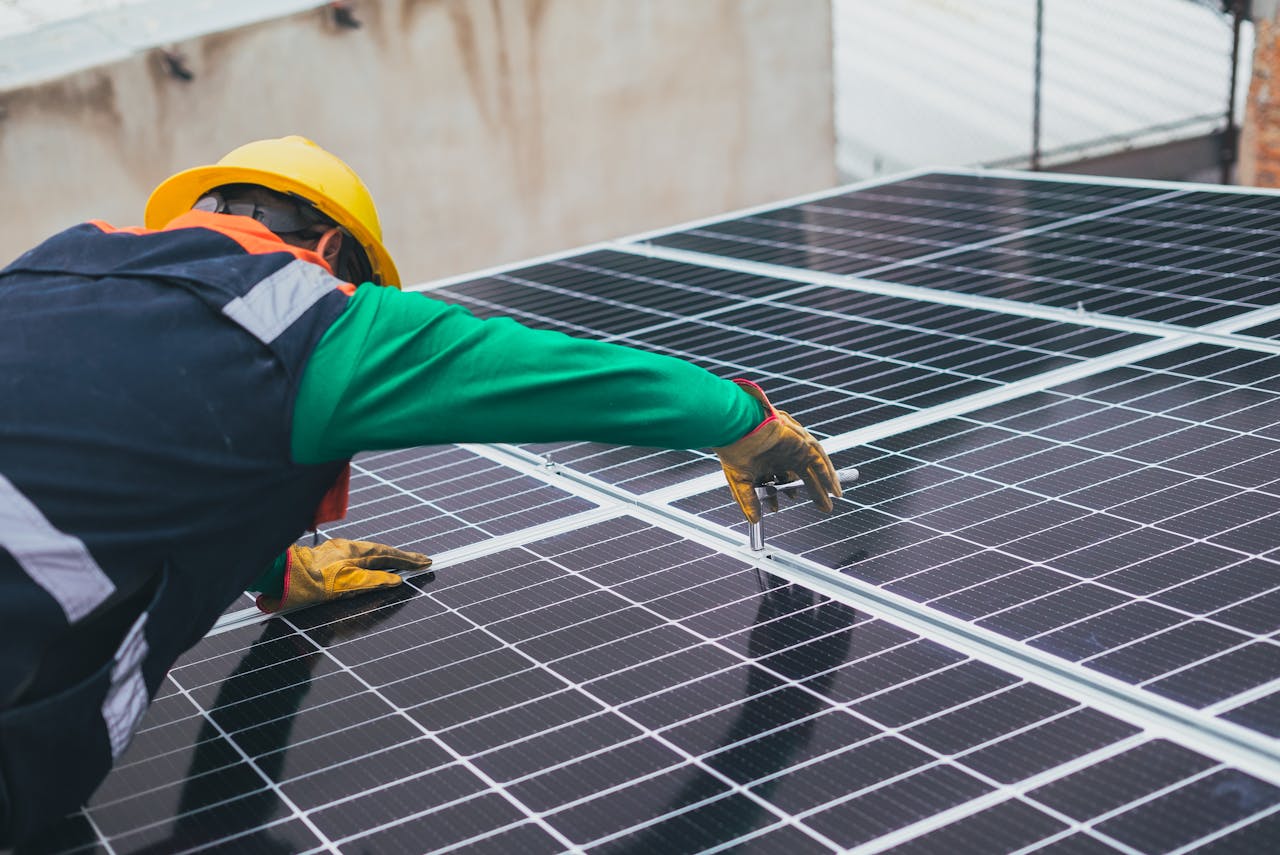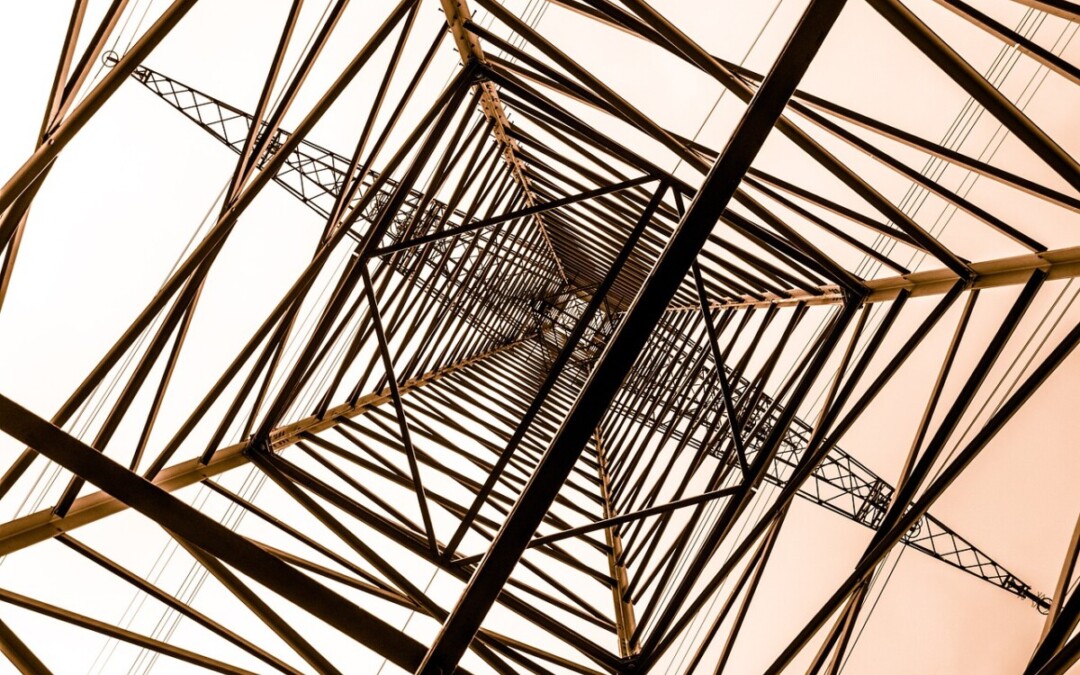In Belgium, the government has decided on the legal framework for energy sharing. It is now possible to share energy (produced from non-fossil renewable sources such as wind or solar) with a third party, either within the same building or through an energy community.
There are 3 types of energy community, each with different steps for creation depending on the region.
The three types of energy communities are:
- Citizen Energy Community (CEC)
- Renewable Energy Community (CER)
- Local Energy Community (CEL) – only possible in the Brussels-Capital region.
They differ mainly in the type of people involved, the type of energy shared (whether it is renewable or not) and the owner of the facility.
As a reminder, an energy community can engage in activities and services defined by law:
- Production, consumption, storage, and sharing of electricity
- Supply of electricity
- Aggregation services
- Flexibility services (more info here)
- Electric vehicle charging services
- Energy efficiency-related services
- Sale of electricity produced by the energy community.
Currently, members of an energy community must be connected to the same network manager. They must also have a smart meter to participate in energy sharing.
For more information on the different types of energy sharing, click here.
What are the steps to create an energy community?
1. Identification of objectives and members
The first step is to identify the objectives of the energy community, such as the production, distribution or consumption of renewable energy (see above for service activities).
It should be noted that the primary objective of energy communities is to generate environmental, social and economic benefits for their members and the region in which they are located. Therefore, an energy community cannot be purely financial.
Next, it is important to determine who its members are (individuals, companies, etc.) and who its representative (or manager) is. The energy community may bring together several producers and several participating consumers.
2. Creation of a legal entity
First and foremost, the creation of an energy community, regardless of its form, requires the creation of a legal entity (legal person) separate from its members, as opposed to energy sharing within the same building.
Defining the statutes will allow the different members to agree on the objectives of the community, the role of each participant, the prices, any management fees, the distribution key, etc.
3. Notification of activity to the regulator
Before starting their activities, energy communities must notify their creation to the regulator by submitting a complete dossier, including their objectives and operating modalities.
This step is done by filling in a form:
- For Brussels, the form is available on the Brugel website.
- For Wallonia, the form is available on the CWaPE website.
- For Flanders, the form is available on the VREG website.
Once the form and the accompanying documents (list of members, articles of association, copy of internal regulations, etc.) have been submitted, the regulatory authority can take a decision on the dossier.
Brussels :
BRUGEL has a period of thirty calendar days following receipt of the initial application for authorisation to check the completeness of the dossier and to request additional information and/or amendments.
BRUGEL then has a period of sixty calendar days following receipt of the complete application (including additional information and/or updated documents) to take a decision on the application.
Wallonia :
CWaPE has ten working days to check that the dossier is complete.
If information is missing, the Community Representative has up to 6 months to complete the dossier.
If the dossier is complete, the CE Representative will receive an acknowledgement of receipt.
Flanders :
Once the energy community has been registered on mijnfluvius, it must be notified to the VREG. This activation requires all members to agree to the management of the community and the sharing of data relating to the energy exchanged.
The community starts when all mandates have been approved, or at the latest 30 days after the date of the application, if all conditions are met.
4. Authorization
Once the dossier is complete, and following technical advice from the relevant network managers, the representative of the energy community will receive an acknowledgement of receipt from the regulator. The regulator will also publish the authorised energy communities on its website.
The received authorisation is valid for 10 years, renewable in Brussels and Wallonia, and for 5 years, renewable in Flanders.
RaYSun, your partner for energy community creation
RaYSun offers a comprehensive range of tailor-made services to guide you through the various stages of creating an Energy Community: from project reflection and financing to implementation and day-to-day management.
Do you want to create or join an energy community? Do not hesitate to make an appointment with one of our experts. We will be happy to help you find the best solution for your project.



